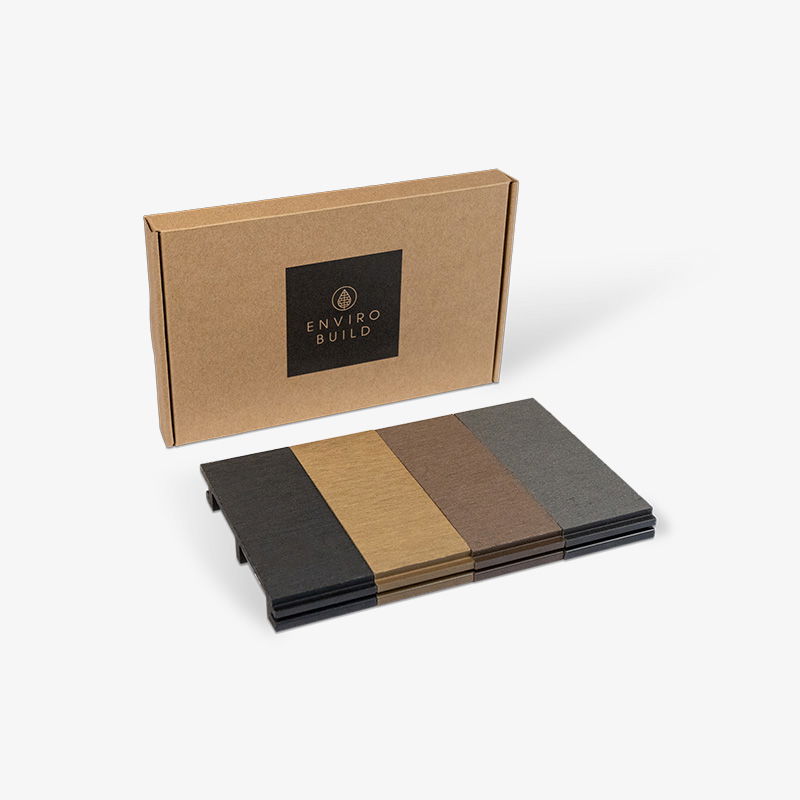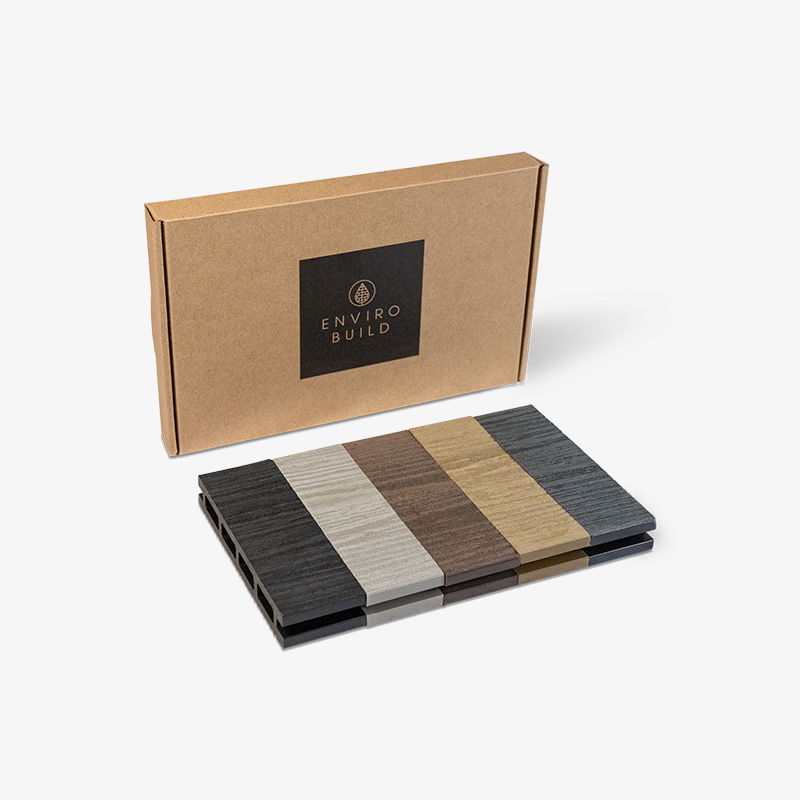Composite Decking Fascia Board Installation: Step-by-Step Guide
A beautifully finished deck isn’t complete without fascia boards. These vertical finishing pieces cover the outer edges of the decking substructure, concealing joists and fixings while adding protection.

Author Name
Chief Writer
Thu, 28 Jul 2026

This decking fascia board installation guide explains how to fit fascia boards for a long-lasting, professional appearance.
What Is a Decking Fascia Board?
A fascia board is the vertical panel that covers the perimeter of a deck, typically fixed to the outer face of joists or framing. It’s designed to:
Hide exposed joists and fixings, creating a tidy finish.
Protect structural components from the elements.
Frame the deck for a professional, cohesive look.
Complement edge and corner trims, completing the system.
Composite fascia boards are especially popular for their fade resistance, low maintenance and colour consistency, ensuring a polished aesthetic for years to come.
Recommended Tools
Carpentry square
Safety glasses
Impact drill
Hand drill
Hearing protection
Gloves
Spirit level
Circular saw
Safety mask
How to Install Composite Decking Fascia Boards
Step 1: Pre-Drill Holes
Pre-drill 4 millimetre countersunk pilot holes through the fascia board to prevent the material from splitting.
Step 2: Line Up the Fascia Board
Line up the top fascia board edge with the top of the decking to hide the decking edge that is grooved.
Step 3: Fix With Screws
Fix the board in place with 50 millimetre countersunk screws.
Note: Composite fascia boards should only ever be screwed in place, and it is not recommended to attach the boards using adhesive glue.
Expansion Gaps
Ensure you leave appropriate expansion gaps where the fascia board ends meet (minimum 0.2% of the board length) so that the fascia boards have space to expand and contract in hot and cold weather. This will prevent any damage to the boards.
Ventilation Gaps
When installing composite fascia boards, you need to ensure there is a suitable ventilation gap, as this provides enough airflow around the base of the deck.
Since composite decking includes wood fibres, it can absorb a small amount of moisture. Rotting wood typically occurs when it remains in contact with moisture for prolonged periods without adequate drying time. To prevent this, it is essential to leave a gap between the deck boards and the underlying surface. This gap allows for proper airflow, enabling joists and deck boards to drain and dry thoroughly.
The following recommendations should be followed for composite fascia board:
Hard or concrete foundations: minimum 20mm gap
Soft or non-concrete foundations: minimum 40mm gap
Note: Attaching the fascia board results in visible screws. If you are concerned that the screws will be visible, you can get coloured screws to make them less noticeable.
A Refined Deck Perimeter
Installing decking fascia boards is the final step that transforms your deck by concealing joists and protecting structural elements. Fascia boards deliver a crisp, modern finish that complements any decking design.
EnviroBuild offers a full range of composite decking boards, fascia panels, corner trims and bullnose edges, designed for easy installation and lasting performance.







